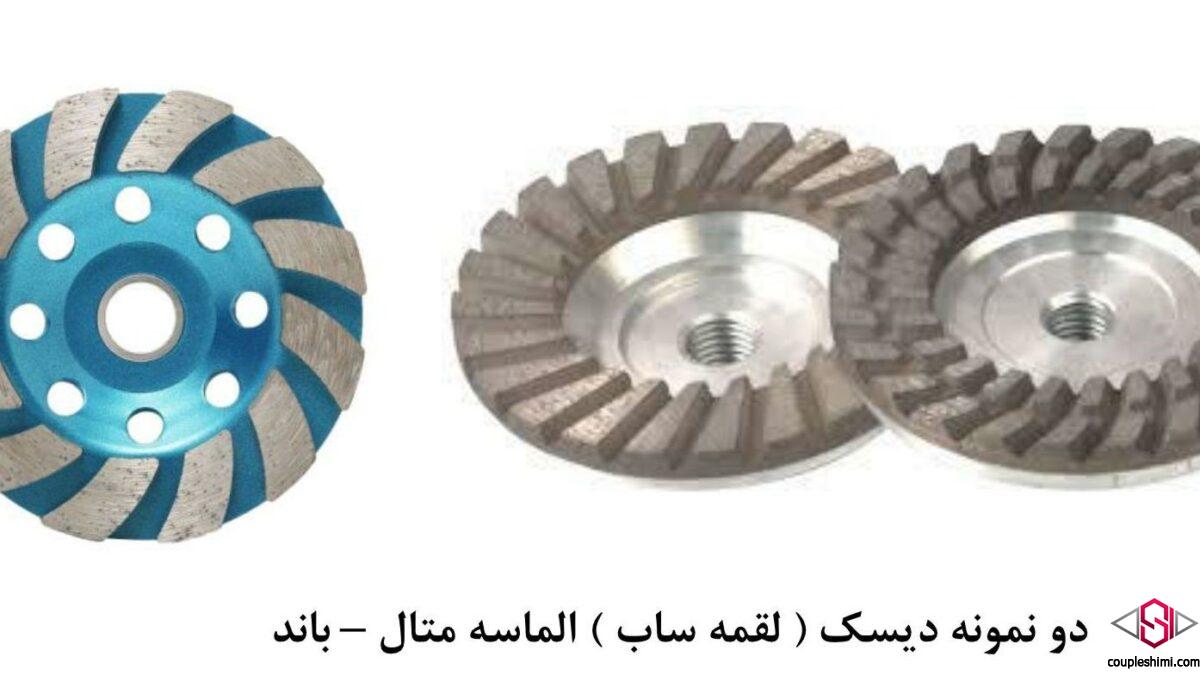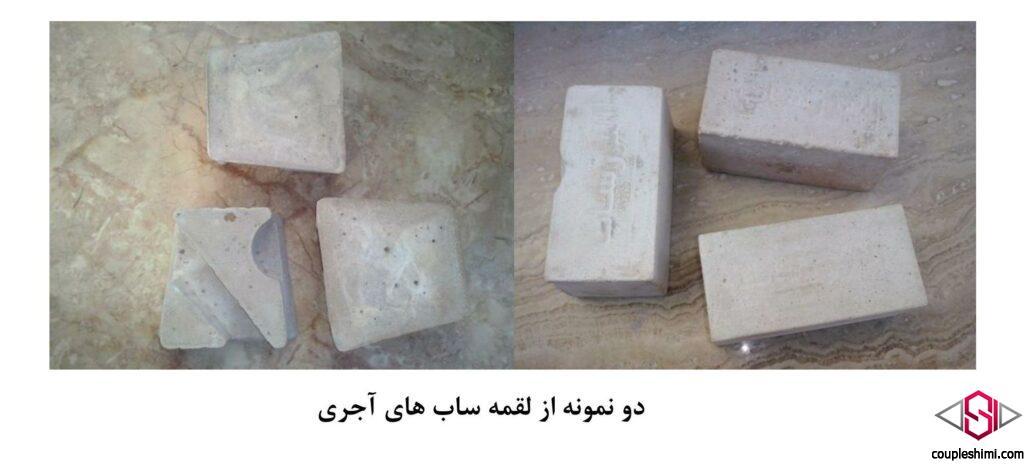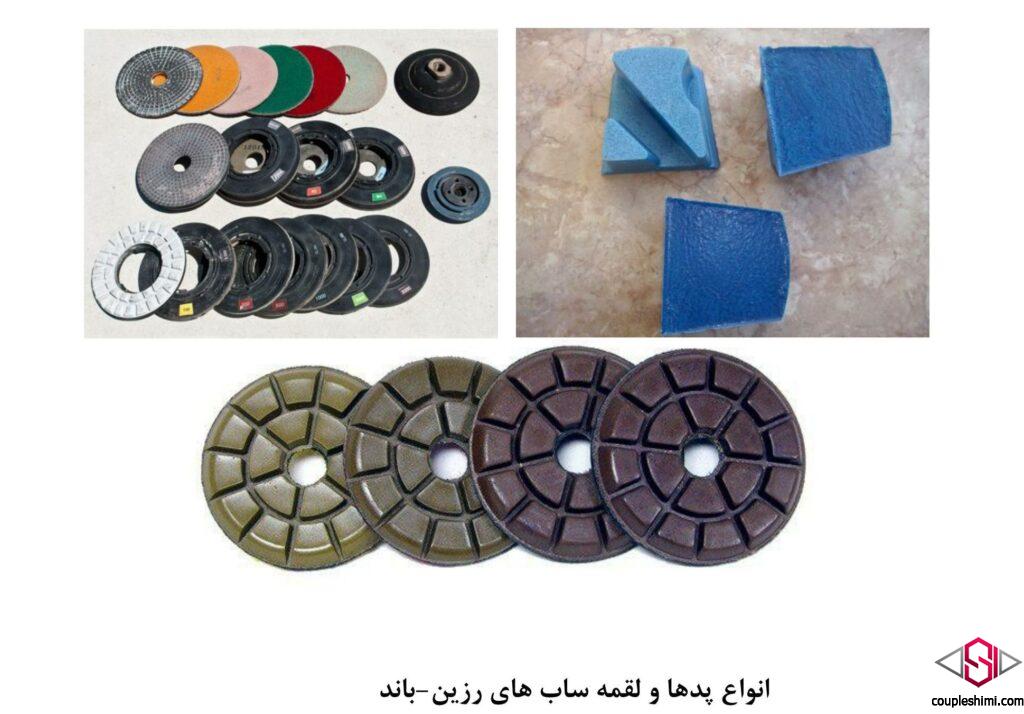polishing of concrete floors is often done for the following two reasons before applying different primers and coatings with a piece of special sub-concrete substrates on concrete surfaces.
The first reason – to remove the top layer if the surface is contaminated with paint stains, oil, effloresence and items that prevent the primer from penetrating into the concrete.
The second reason – elimination of searches and smoothing the surface.
In the past, concrete flooring was often used to beautify and polish mosaic and stone surfaces. But today, due to the existence of technology and chemicals suitable for flooring concrete surfaces and turning these surfaces into shiny, shiny and beautiful surfaces, it has also become common.
Concrete floors can be polished in two ways, wet and dry, and each has advantages and disadvantages. In many cases a combination of both methods is used.
higher price
More depreciation of Saab bites
Creating dust (of course, this problem has been eliminated in new devices with the possibility of creating a vacuum)
Being faster
Being more comfortable
No slurry production
Reduces water consumption
Production of slurry due to wear and cleaning problems of slurry and environmental problems
Excessive water consumption
Risk of slurries entering the sewage and problems of sewage clogging
Need more manpower
Being more time consuming
Cheaper
Longer life of the segments (due to water acting as a lubricant between the segment and the concrete surface)
More common old flooring machines (of course in Iran)
To perform the floor polishing operation, sanders called so-called segments are used with different degrees of roughness and different materials. These segments are available in different forms in the market and sub-floors use one or more forms of these segments depending on the type of floor polishing machines.
The most common forms of segments used for polishing stone and concrete floors are disc, trapezoidal and rectangular cubes.
Segments consist of two main parts, which are mentioned below.
1. Abrasive particles
2. Mold that makes up the mold
The most common abrasive particles are aluminum oxide (natural or synthetic) and silicon carbide (carburandum).
Aluminum oxide abrasive particles are produced by the reaction of bauxite (aluminum ore) and coke at a temperature of 2000 ° C.
Silicon carbide is produced by the reaction of quartz and coke at 2200 ° C.
Most segments used for polishing concrete floors include one of the following:
In this type of segment, the abrasive piece is placed directly on a metal substrate. These types of segments are mainly used for peeling and smoothing in the early stages of polishing concrete floors.

In this type of segment, the abrasive particles are spread evenly by a mineral paste, which is generally produced from soils such as feldspar and water, and then pressed into a mold to create the appropriate shape, and after baking in a hard oven, it hardens.

Phenolic resins are often used to make dough and molds to make these types of segments. Sub bites are numbered according to the particle size of their constituent abrasives according to the mesh number. Each of these degrees is called Great. The larger the particle size, the lower the mesh number (the rougher the bite) and the smaller the particle size, the higher the mesh number (the softer the bite).
When polishing concrete floors, lower grates are used to remove bumps and scratches on the surface, and higher grates are used to polish and gloss concrete floors.

to remove the top layer if the surface is contaminated with paint stains, oil, effloresence and items that prevent the primer from penetrating into the concrete.
Polished concrete is a multi-step process where a concrete floor is mechanically ground, honed and polished with bonded abrasives in order to cut a concrete floor’s surface. It is then refined with each cut in order to achieve a specified level of appearance.
To perform the floor polishing operation, sanders called so-called segments are used with different degrees of roughness and different materials. These segments are available in different forms in the market and sub-floors use one or more forms of these segments depending on the type of floor polishing machines. Why is polishing concrete floors?
What is the process of polishing concrete?
what are segments?
Multilingual WordPress with WPML